A urial is a type of wild sheep found in the mountains and grasslands of Central and South Asia, including countries like Pakistan, India, Iran, and Kazakhstan. It’s known for its majestic curved horns (especially in males), thick fur, and ability to survive in rough, hilly terrain.
Urials are herbivores, meaning they feed on grasses, leaves, and shrubs. They graze in the early morning and late afternoon, often resting during the hottest parts of the day. Because they live in dry, rocky areas, they’re well-adapted to limited water and tough vegetation.
Male urials, called rams, are easily recognized by their large, spiral horns, which can curl almost in a full circle. These horns are used for fighting during mating season, where males clash to compete for females. Female urials (called ewes) also have horns, but they are much smaller and less curved.








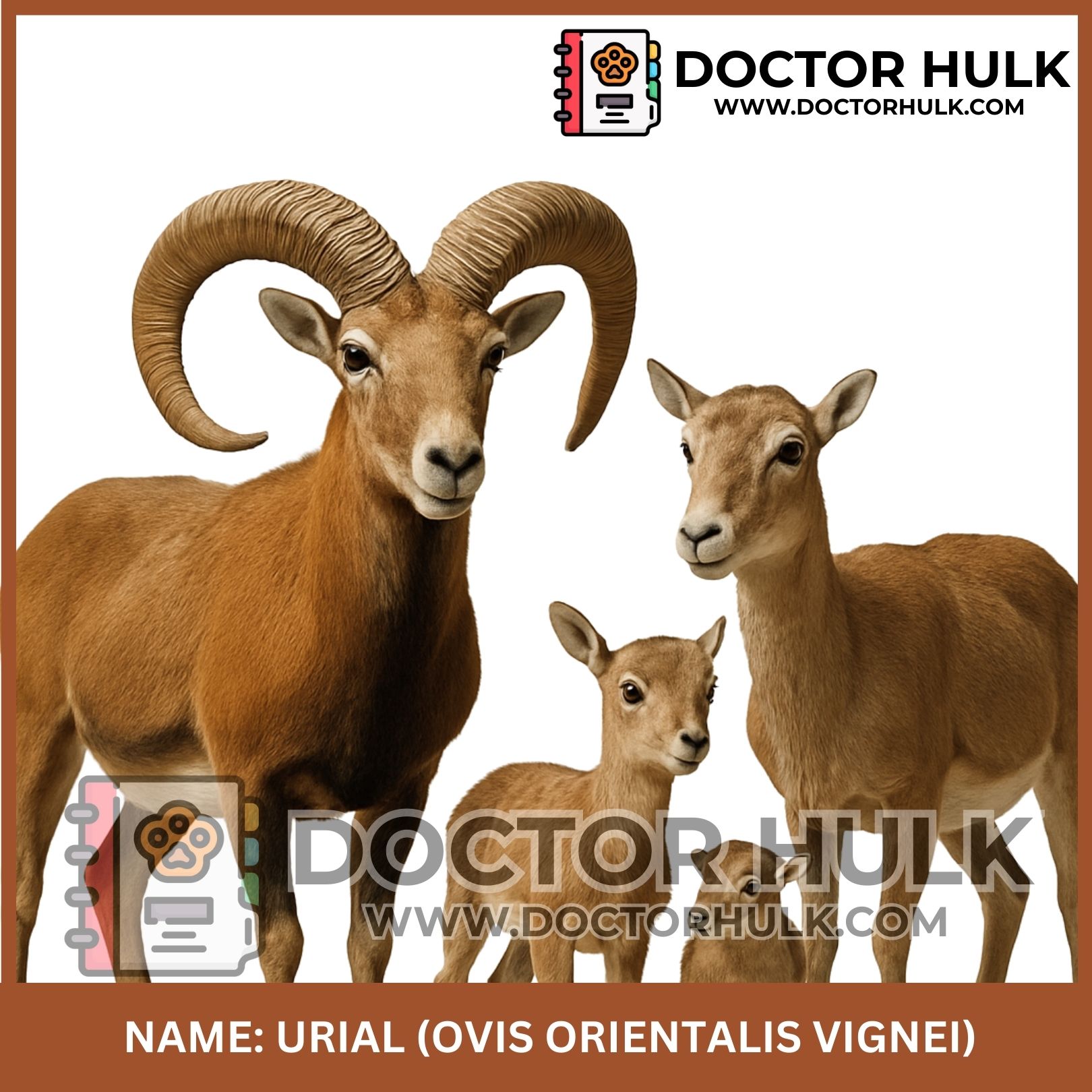
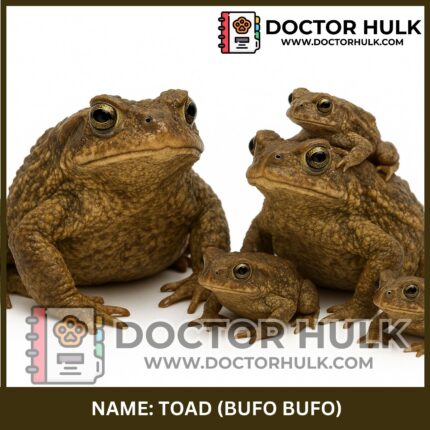
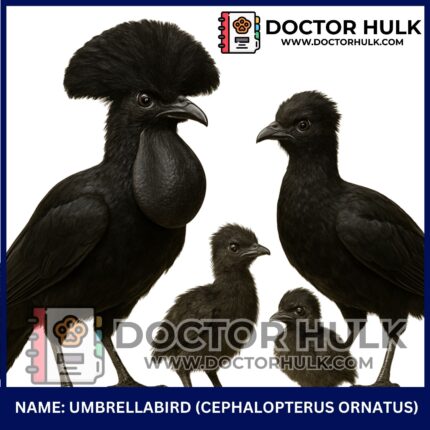
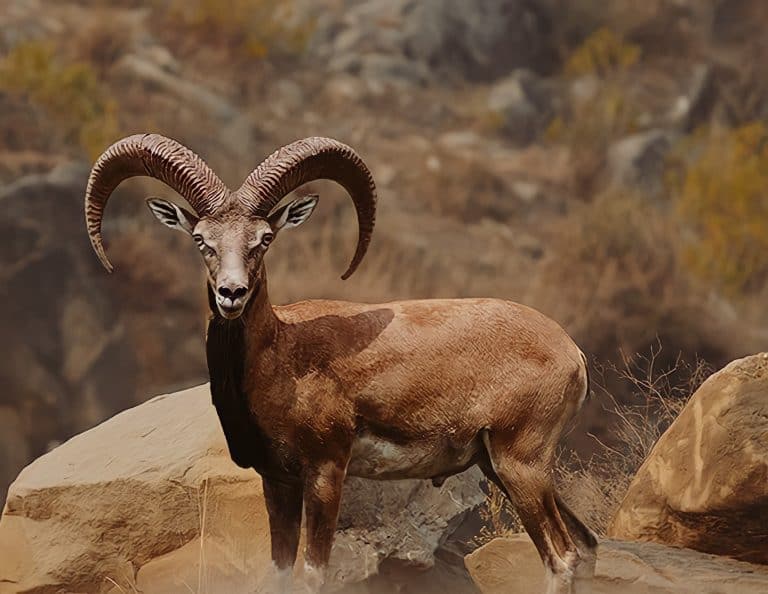 Image Showing Punjab urial (Source: Trophy hunting)
Image Showing Punjab urial (Source: Trophy hunting)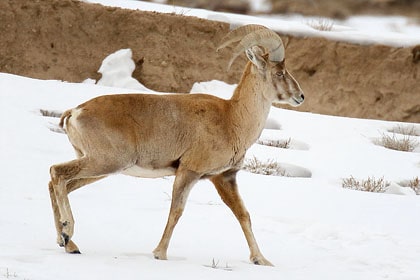 Image showing a Ladakh urial standing on a snowy ridge (Source: Ju-leh Adventures)
Image showing a Ladakh urial standing on a snowy ridge (Source: Ju-leh Adventures) Image showing an afghan urial resting (Source: Pinterest)
Image showing an afghan urial resting (Source: Pinterest)

Reviews
There are no reviews yet.